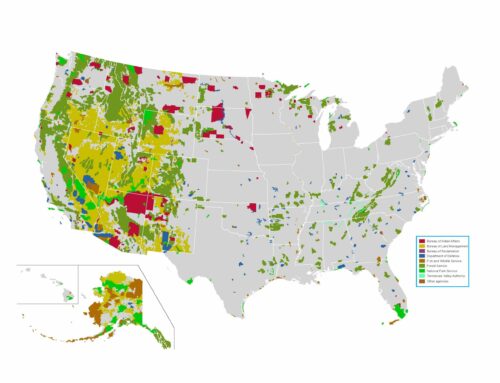by Greg Walcher, E&E Legal Senior Policy Fellow
As appearing in the Daily Sentinel
John Muir, founder of the modern environmental movement, spent much of his life working to preserve Yosemite as a national park. He later wrote, “As long as I live, I’ll hear waterfalls and birds and winds sing. I’ll interpret the rocks, learn the language of flood, storm, and the avalanche. I’ll acquaint myself with the glaciers and wild gardens, and get as near the heart of the world as I can.”
He eventually decided a formal organization would be needed to protect the area into the future. He worked with academic leaders like Henry Senger from the University of California, and a lawyer named Warren Olney, to create an alpine club to explore and educate people about the beauty of the Sierra. In a meeting in Olney’s office in 1892, the Sierra Club was born. Its threefold purpose was recreational, educational, and conservationist: “to explore, enjoy, and render accessible the mountain regions of the Pacific Coast; to publish authentic information concerning them … and to enlist the support and cooperation of the people and government in preserving the forests and other natural features of the Sierra Nevada.” Donations, funding, and budgets were not even mentioned.
Today almost 15,000 environmental groups are registered with the IRS, according to the Urban Institute’s National Center for Charitable Statistics (100 in Colorado alone). They are financed by foundations and corporations at the rate of $38 million a day, making environmental protection a $14 billion industry in the U.S. alone.






